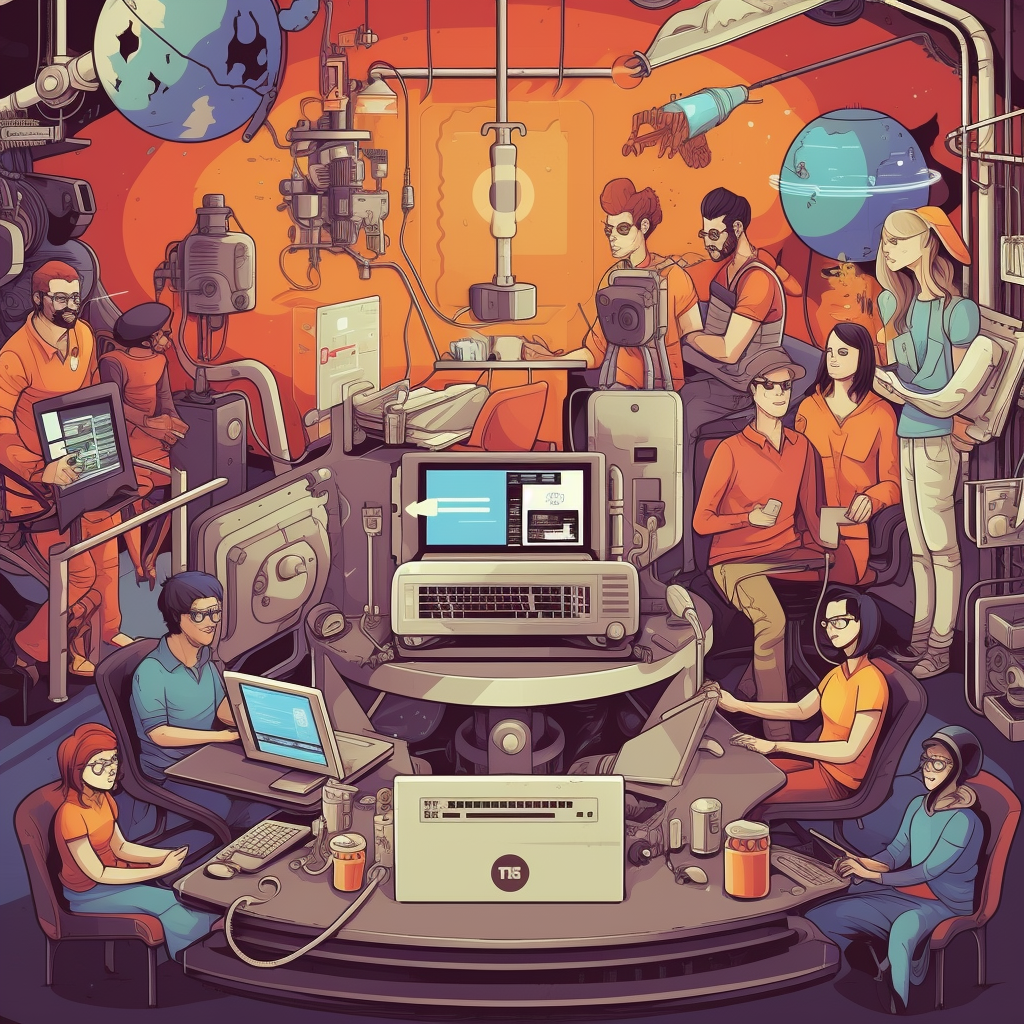How B2B Marketers Can Harness ChatGPT and Generative AI for Real ROI
TLDR: A new NBER study on How People Use ChatGPT reveals that the majority of users lean on AI for practical guidance, information, and writing support. For B2B marketing leaders, that translates into three high-impact opportunities: better content production, smarter decision-making, and scalable buyer enablement. Here’s how to turn generative AI from hype into measurable growth.
Why Generative AI Is More Than a Shiny Object
Since its launch in late 2022, ChatGPT has scaled at an unprecedented pace: by July 2025, more than 700 million people were active users—roughly 10% of the world’s adults—sending 18 billion messages per week.
This isn’t just consumer experimentation. The NBER study shows that nearly 80% of conversations fall into three categories: practical guidance, seeking information, and writing—all core functions of B2B marketing teams.
For CMOs facing tighter budgets and rising expectations, the research confirms AI isn’t a passing fad. It’s an operational advantage that can:
- Accelerate repetitive but essential tasks.
- Improve content quality and scale.
- Support smarter, faster decision-making.
- Deliver personalized buyer enablement at scale.

Content Creation and Thought Leadership at Scale
The study highlights that writing is the #1 work use case, making up 40% of work-related messages, and that two-thirds of these involve editing, critiquing, or translating text rather than drafting from scratch.
For B2B marketers, this translates into tangible efficiencies:
- Faster production cycles: Blog posts, reports, and emails can move from draft to publish-ready in hours, not days.
- Quality improvement: Use AI to tighten grammar, simplify technical explanations, or align tone to brand standards.
- Thought leadership co-pilot: Feed in raw data, customer insights, or executive points of view, and shape AI outputs into bylined content.
Example: Instead of burning weeks on a 2,000-word industry trends report, marketing teams can produce a first draft in one afternoon, refine it with subject matter expertise, and publish a polished report within the week.
Decision Support for Smarter Marketing
The research found that 49% of all ChatGPT messages are “Asking” interactions—where users seek information or advice to inform decisions. These Asking queries are also rated as the highest-quality responses by users, particularly among professionals in knowledge-intensive jobs.
For CMOs, this means AI can function as an “analyst-on-demand” to:
- Model budget allocations: Compare the likely impact of shifting spend between demand gen and brand investments.
- Summarize persona insights: Quickly synthesize feedback from surveys, reviews, or transcripts into usable insights.
- Monitor competitors: Generate rapid, synthesized industry scans instead of manually tracking dozens of feeds.
Embedding AI in quarterly planning sessions can pressure-test strategies and reduce blind spots, allowing leaders to act faster with more confidence.
Buyer Enablement and Customer-Facing Content
The most common overall use case—Practical Guidance—accounts for the largest share of ChatGPT activity. This is directly relevant to B2B buyer enablement, where buyers crave personalized, helpful content at every stage.
Marketing teams can apply AI to:
- Personalize resources: Tailor ROI calculators, case studies, or onboarding guides by industry, role, or deal stage.
- Repurpose assets: Break a whitepaper into persona-specific email nurtures, LinkedIn carousels, or sales playbooks.
- Support sellers: Deliver AI-powered account summaries that help sales reps lead with the right message at the right time.
With only 5% of B2B buyers in-market at any given time, personalization and enablement become essential levers for staying relevant until buyers are ready. AI makes that scale achievable.

Overcoming Barriers: Skills, Trust, and Measurement
The NBER study makes one point clear: while AI improves productivity, its greatest value emerges when paired with skilled professionals in high-paid, knowledge-intensive roles.
For CMOs, three imperatives follow:
- Upskill teams: Train marketers in effective prompting, fact-checking, and brand voice alignment.
- Establish guardrails: Create policies for disclosure, brand safety, and ethical AI use.
- Measure what matters: Beyond content volume, track whether AI improves pipeline velocity, win rates, and buyer trust.
Putting It All Together
Here’s a simple framework for ROI-driven AI adoption in B2B marketing:
- Pilot with writing tasks – low risk, high visibility, and immediate productivity gains.
- Expand into decision support – integrate AI into strategic planning and reporting.
- Scale to buyer enablement – deliver personalized, always-on content ecosystems that map to the buyer’s journey.
Done right, AI shifts from an experiment to a strategic asset for both efficiency and growth.
FAQ
Q: Will AI replace marketing teams?
Unlikely. The data shows that AI mostly augments human work—especially writing and decision-making—rather than replacing it.
Q: How do we ensure trust in AI content?
Blend AI drafting with human review. E-E-A-T principles (experience, expertise, authority, trust) remain critical for buyer confidence.
Q: Where should B2B leaders start?
Begin with high-volume, low-stakes tasks such as blog drafting or report summaries. These areas show fast ROI and build organizational confidence.
The evidence is compelling: AI in B2B marketing is already here, and it’s delivering value in writing, decision-making, and buyer enablement. With ChatGPT handling billions of messages weekly, the challenge for CMOs is not whether to use AI—but how to systematize, scale, and measure it.
Next step for CMOs: Identify three workflows—content, strategy, and sales enablement—where AI can save time or increase impact in the next quarter.








